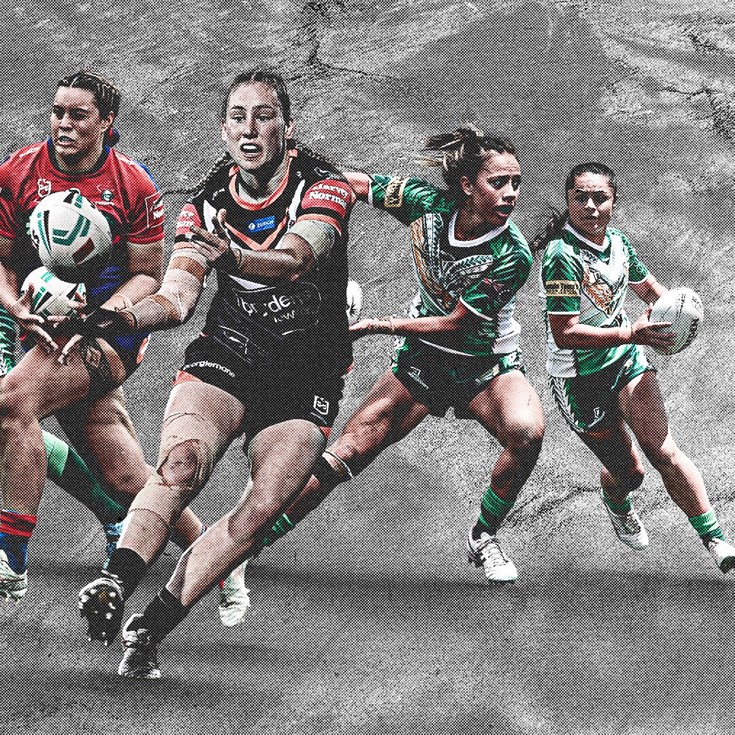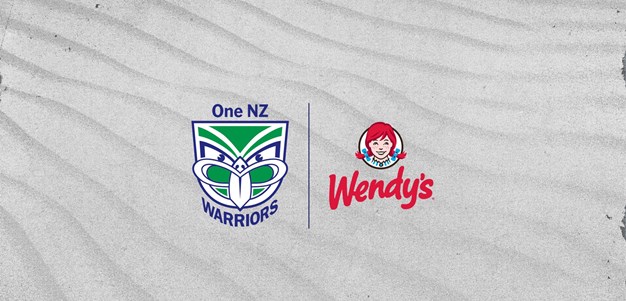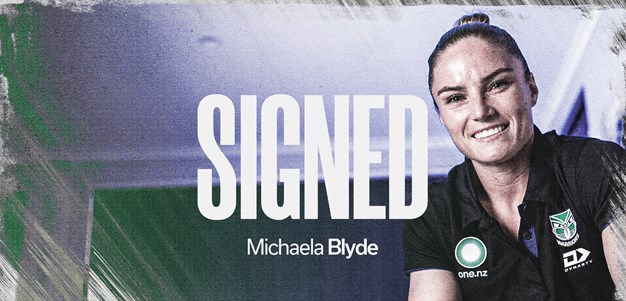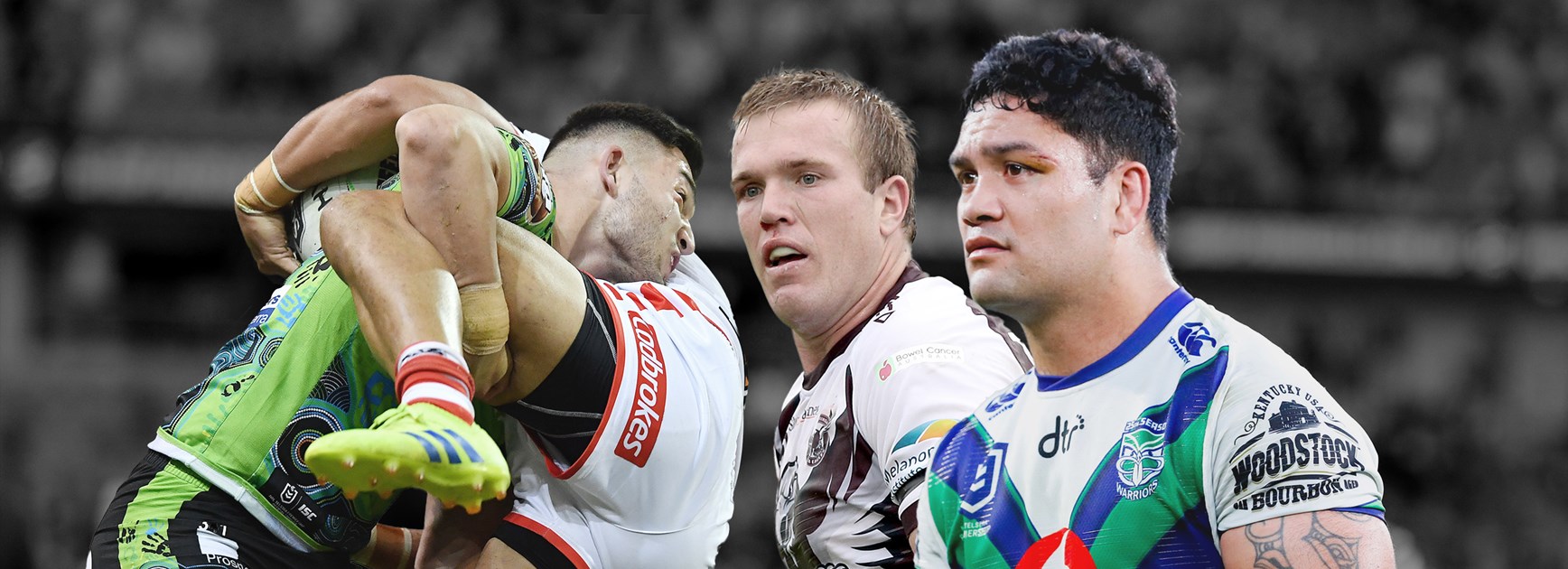
NRL match review committee chairman Michael Buettner has dismissed claims of inconsistency in his panel's grading of dangerous throw charges following fierce criticism around three recent lifting tackle incidents.
With Issac Luke's failed downgrade bid finalising another week of intense scrutiny on the match review committee on Tuesday night, Buettner revealed "forceful" contact of a ball-carrier's head with the ground was the key difference between punishments for tackles by Jake Trbojevic and Luke.
Buettner addressed several contentious issues around recent MRC rulings with NRL.com regarding dangerous throw charges, saying he had "no problem with their processes and performances this year".
Trbojevic v Luke v Cotric – difference is in the danger
Much consternation has surrounded Trbojevic's grade 1 dangerous throw charge for upending Melbourne's Jahrome Hughes, with the Manly star free to play this week after submitting an early guilty plea.
Howls of outrage only grew louder from New Zealand when Luke's bid to reduce a grade 2 dangerous throw failed at the judiciary.
Jake Trbojevic placed on report
The veteran hooker was subsequently ruled out for three games, many observes contending Trbojevic's tackle had more potential for injury than the position Luke placed Parramatta's Dylan Brown in.
Buettner says otherwise.
"Generally if there is some sort of forceful contact with the head to the ground in the dangerous throws, we are more than likely looking at a grade 2 [charge] as a starting point," he says.
"That's what differs in the majority of grade 1 charges, where there is either no head contact with the ground or if there is it's minor.
"As you can tell in the Trbojevic tackle, there was not a great deal of elevation when you compare it to the Issac Luke tackle.
"The elevation's much greater [in Luke's tackle] so he coming down from a greater height with more force.
Issac Luke on report for a dangerous tackle
"Brown's head makes forceful contact with the ground as a result, even with his first contact being his ball-carrying arm to the ground."
That Hughes landed on his shoulder and back, and "had the ability to put his left arm down" to brace his fall counted in Trbojevic receiving a lesser charge than Luke.
"Then there's all the other factors that can elevate it up to grade 3," Buettner says.
"The Nick Cotric tackle [on Dragons centre Tim Lafai], he was very careless in his actions because not only did he lift the player to a significant height, he drove him into the ground.
"He left the ground with his own feet and drove into the ground, and the landing was a lot more dangerous in the Cotric tackle than the Luke tackle, and then obviously much worse again than the Trbojevic tackle."
Cotric was sent off and copped a three-game ban for his tackle, which Canberra strongly considered challenging before accepting an early guilty plea.
Cotric sent off for spear tackle
Other "indicators" Buettner and his panel look for when grading a lifting tackle include whether a ball-carrier can protect themselves in the tackle, and whether any injury is suffered.
So too the elevation in a tackle, how many defenders are involved and whether a tackler tries to arrest a player's descent to the ground after realising their error.
'Inconsistency – that's a throwaway line'
Buettner argues that the gradings each tackle received – 1 for Trbojevic, 2 for Luke and 3 for Cotric – are consistent with each charge levelled over the past two years.
"We have these indicators to come up with a level of consistency, we are ticking the same boxes to decipher what is or isn't a higher grading," he says.
"When an Issac Luke tackle is to be ruled on, we compare it to every lifting tackle of the past two years, and we come up with a range of comparables to see where it fits."
I'll defend our process, I'm more than happy with it and I'll have this conversation with anyone.
Michael Buettner
The number of dangerous throw offences have fallen from 38 in 2015 to 13 after the first 19 rounds this season.
That number reached as low of just four charges for lifting tackles in 2017, when the game's current judiciary code with three gradings for all offences was introduced.
"Let's not overreact to three incidents in the last three weeks that are probably outside the norm," Buettner says.
"I know the processes we have and the way we go about what we do is meticulous, is time consuming and it is accurate.
"'Inconsistency' is an easy word to throw out. You can do it with referees, the MRC. If people show me examples of that level of inconsistency then I've got no problem with it.
"But it's a simple word to throw out. We can go through our process and show that there is a level of consistency.
"I'll defend our process, I'm more than happy with it and I'll have this conversation with anyone.
"Inconsistency – that's an easy throwaway line."
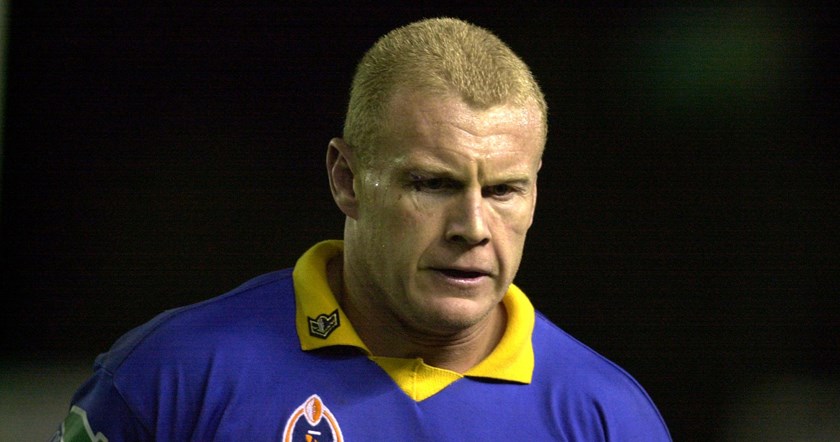
Feedback and the future
Each off-season Buettner and NRL officials conduct visits to all 16 NRL clubs to explain MRC procedures and any rule changes.
Come November the workshops will include the Trbojevic, Luke and Cotric tackles, so "clubs and officials understand what constitutes each of the charges and can see the difference themselves".
NRL CEO Todd Greenberg and his executive group "generally leave us to do our job" as a necessarily independent body from League Central.
"And I would say they've been very supportive of our processes and decisions of late," Buettner says.
"There's a song and dance this week. If we're the big issue in the game this week, and we've supposedly had one bad week out of 30, then we're doing OK.
"I've got no problem with our processes and our performance this year."

